4-NITROSODIPHENYLAMINE
- CAS NO.:156-10-5
- Empirical Formula: C12H10N2O
- Molecular Weight: 198.22
- MDL number: MFCD00002062
- EINECS: 205-848-7
- SAFETY DATA SHEET (SDS)
- Update Date: 2024-12-18 14:08:52

What is 4-NITROSODIPHENYLAMINE?
Chemical properties
dark blue to black powder
Chemical properties
TKB is a black powder or a green plate-like material with a bluish luster.
The Uses of 4-NITROSODIPHENYLAMINE
4-?Nitrosodiphenylamine is used in organic synthesis such as in the preparation of 1-(Phenylamino)pseudo-mauveine water soluble dye. Potential mutagenic compound.Environmental toxin on US EPA Toxic Release Inventory list (TRI) list.
The Uses of 4-NITROSODIPHENYLAMINE
Has been used as retardant in vulcanizing rubber.
Definition
ChEBI: Para-Nitrosodiphenylamine is a member of benzenes.
Synthesis Reference(s)
The Journal of Organic Chemistry, 32, p. 153, 1967 DOI: 10.1021/jo01277a038
General Description
Green plates with bluish luster or a black powder.
Air & Water Reactions
Insoluble in water.
Reactivity Profile
4-NITROSODIPHENYLAMINE neutralizes acids in exothermic reactions to form salts plus water. May be incompatible with isocyanates, halogenated organics, peroxides, phenols (acidic), epoxides, anhydrides, and acid halides. May generate hydrogen, a flammable gas, in combination with strong reducing agents such as hydrides. May react with strong oxidizing agents .
Hazard
Questionable carcinogen.
Fire Hazard
Flash point data for 4-NITROSODIPHENYLAMINE are not available; however, 4-NITROSODIPHENYLAMINE is probably combustible.
Safety Profile
Poison by intravenous route. Suspected carcinogen with experimental carcinogenic and neoplastigenic data. Moderately toxic by ingestion. Mutation data reported. An eye irritant. When heated to decomposition it emits toxic fumes of NOx. See also NNITROSO COMPOUNDS and AMINES.
Potential Exposure
Used as a chemical intermediate for dyes and pharmaceuticals; in making monomers; and vulcanizing rubber.
Shipping
UN2811 Toxic solids, organic, n.o.s., Hazard Class: 6.1; Labels: 6.1-Poisonous materials, Technical Name Required. UN3077 Environmentally hazardous substances, solid, n.o.s., Hazard Class: 9; Labels: 9-Miscellaneous hazardous material, Technical Name Required.
Purification Methods
The amine forms dark green crystals from EtOH or *C6H6 (m 143o). It has UV at max 421nm (EtOH) and is used for detecting Pd and Rh. It is highly toxic and a possible carcinogen.[Beilstein 12 H 207, 12 II 122, 12 III 347, 12 IV 1860..]
Incompatibilities
Nitrated organics range from slight to strong oxidizing agents. If mixed with reducing agents, including hydrides, sulfides and nitrides, they may begin a vigorous reaction. Reaction with aliphatic amines can release carcinogenic nitrosamines. Incompatible with oxidizers (chlorates, nitrates, peroxides, permanganates, perchlorates, chlorine, bromine, fluorine, etc.); contact may cause fires or explosions. Keep away from alkaline materials, strong bases, strong acids, oxoacids, epoxides. 4-nitrosodiphenylamine neutralizes acids in exothermic reactions to form salts plus water. May be incompatible with isocyanates, halogenated organics, peroxides, phenols (acidic), epoxides, anhydrides, and acid halides. May generate hydrogen, a flammable gas, in combination with strong reducing agents such as hydrideds and active metals. May react with strong oxidizing agents.
Properties of 4-NITROSODIPHENYLAMINE
| Melting point: | 144 °C (dec.)(lit.) |
| Boiling point: | 335.53°C (rough estimate) |
| Density | 1.1447 (rough estimate) |
| refractive index | 1.6330 (estimate) |
| storage temp. | -20°C Freezer, Under inert atmosphere |
| solubility | Chloroform (Slightly, Heated, Sonicated), DMSO (Slightly, Sonicated) |
| form | Solid |
| pka | -3.56±0.20(Predicted) |
| color | Green plates with bluish luster (from benzene) orsteel-blue prisms or plates (from ether + H2O) |
| Merck | 14,6639 |
| CAS DataBase Reference | 156-10-5(CAS DataBase Reference) |
| IARC | 3 (Vol. 27, Sup 7) 1987 |
| EPA Substance Registry System | p-Nitrosodiphenylamine (156-10-5) |
Safety information for 4-NITROSODIPHENYLAMINE
| Signal word | Warning |
| Pictogram(s) |
 Exclamation Mark Irritant GHS07 |
| GHS Hazard Statements |
H315:Skin corrosion/irritation H319:Serious eye damage/eye irritation |
| Precautionary Statement Codes |
P280:Wear protective gloves/protective clothing/eye protection/face protection. P302+P352:IF ON SKIN: wash with plenty of soap and water. P305+P351+P338:IF IN EYES: Rinse cautiously with water for several minutes. Remove contact lenses, if present and easy to do. Continuerinsing. P332+P313:IF SKIN irritation occurs: Get medical advice/attention. P337+P313:IF eye irritation persists: Get medical advice/attention. |
Computed Descriptors for 4-NITROSODIPHENYLAMINE
New Products
(S)-3-Aminobutanenitrile hydrochloride 4-Methylphenylacetic acid N-Boc-D-alaninol N-BOC-D/L-ALANINOL Tert-butyl bis(2-chloroethyl)carbamate 3-Morpholino-1-(4-nitrophenyl)-5,6-dihydropyridin- 2(1H)-one Furan-2,5-Dicarboxylic Acid Tropic acid 1-Bromo-3,5-Di-Tert-Butylbenzene S-2-CHLORO PROPIONIC ACID ETHYL ISOCYANOACETATE 2-Bromo-1,3-Bis(Dimethylamino)Trimethinium Hexafluorophosphate 4-IODO BENZOIC ACID 3-NITRO-2-METHYL ANILINE 1-(2,4-DICHLOROPHENYL) ETHANAMINE (2-Hydroxyphenyl)acetonitrile 4-Bromopyrazole 2-(Cyanocyclohexyl)acetic acid 4-methoxy-3,5-dinitropyridine 1-(4-(aminomethyl)benzyl)urea hydrochloride 2-aminopropyl benzoate hydrochloride diethyl 2-(2-((tertbutoxycarbonyl)amino) ethyl)malonate tert-butyl 4- (ureidomethyl)benzylcarbamate Ethyl-2-chloro((4-methoxyphenyl)hydrazono)acetateRelated products of tetrahydrofuran
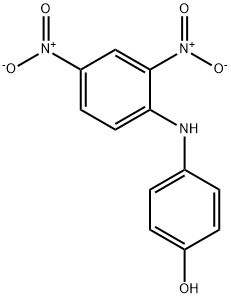
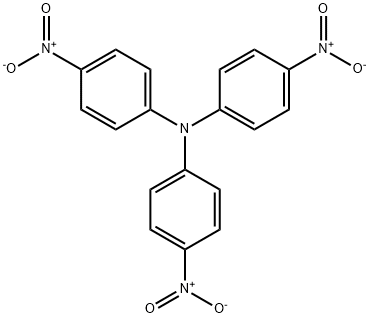
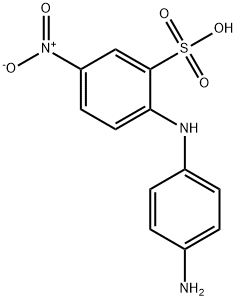
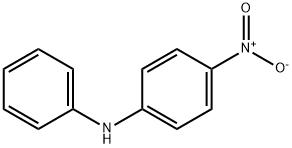



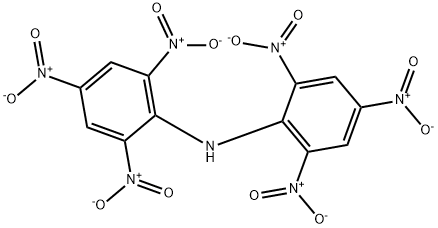
You may like
-
 4-Nitrosodiphenylamine CAS 156-10-5View Details
4-Nitrosodiphenylamine CAS 156-10-5View Details
156-10-5 -
 2033-24-1 98%View Details
2033-24-1 98%View Details
2033-24-1 -
 1975-50-4 98%View Details
1975-50-4 98%View Details
1975-50-4 -
 2-HYDROXY BENZYL ALCOHOL 98%View Details
2-HYDROXY BENZYL ALCOHOL 98%View Details
90-01-7 -
 2-Chloro-1,3-Bis(Dimethylamino)Trimethinium Hexafluorophosphate 221615-75-4 98%View Details
2-Chloro-1,3-Bis(Dimethylamino)Trimethinium Hexafluorophosphate 221615-75-4 98%View Details
221615-75-4 -
 61397-56-6 CIS BROMO BENZOATE 98%View Details
61397-56-6 CIS BROMO BENZOATE 98%View Details
61397-56-6 -
 14714-50-2 (2-Hydroxyphenyl)acetonitrile 98+View Details
14714-50-2 (2-Hydroxyphenyl)acetonitrile 98+View Details
14714-50-2 -
 118753-70-1 98+View Details
118753-70-1 98+View Details
118753-70-1